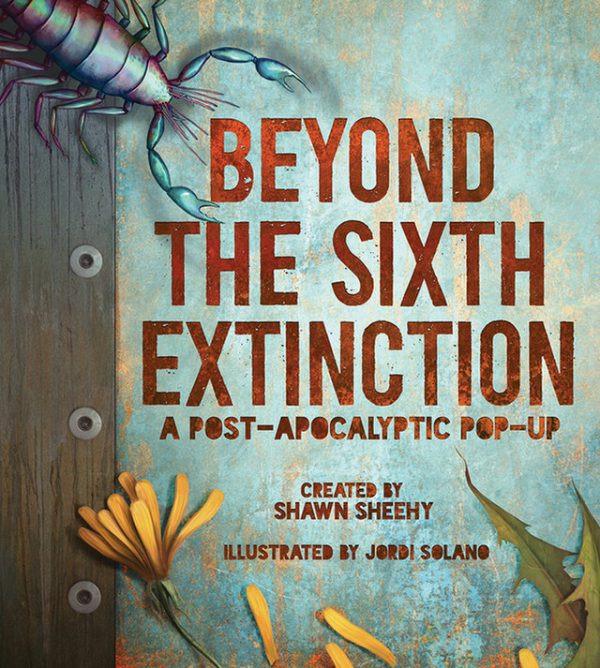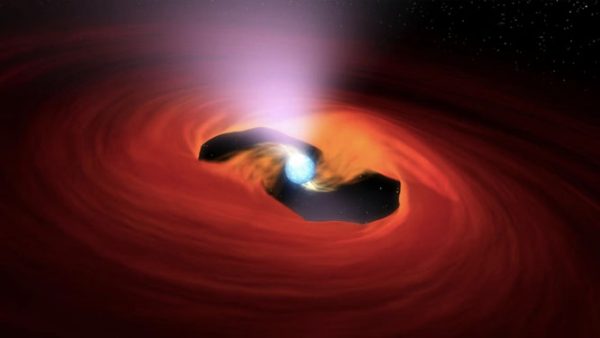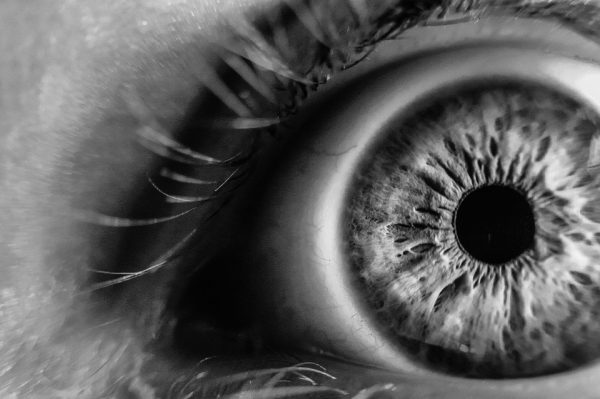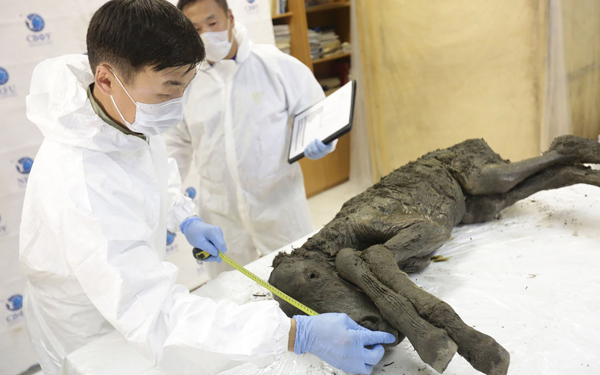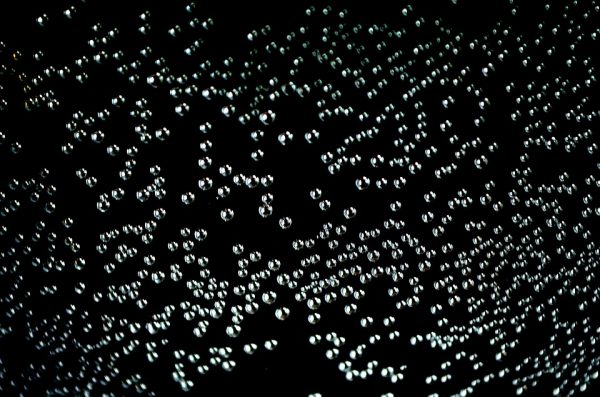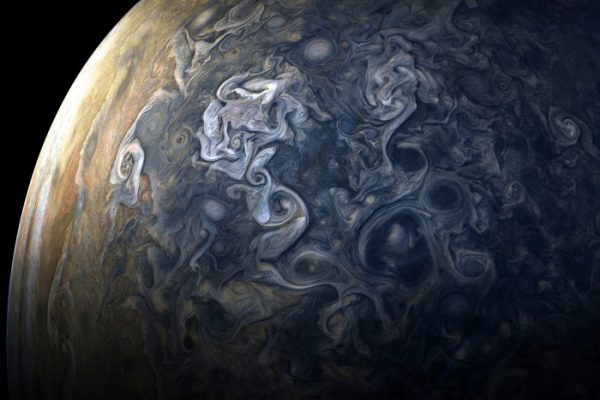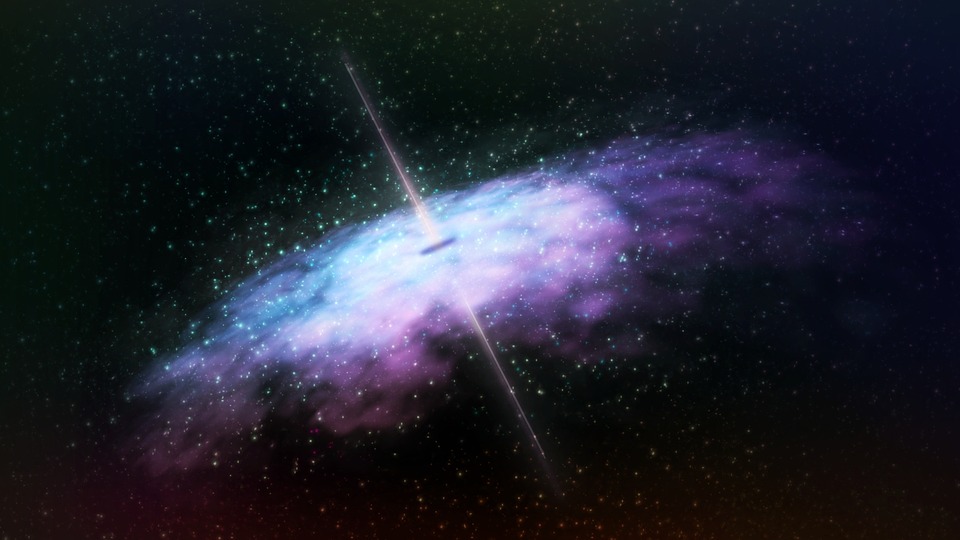U=(N/T)M*G: Hoax
The science side of humanities was rocked this month by the exposure of three hoaxers. I won’t publish their conclusions or anything, because that’s not really the point of this post, but you can find their nonsense here. The whole impetuous for their shenanigans was bullshit, from start to finish, in my opinion. What basically happened was these three found out about a study they didn’t like. In an effort to undermine the field that study came out of, as well as undermine the humanities in general, these hoaxers put out 20 fake papers to academic journals to see if … Read more




